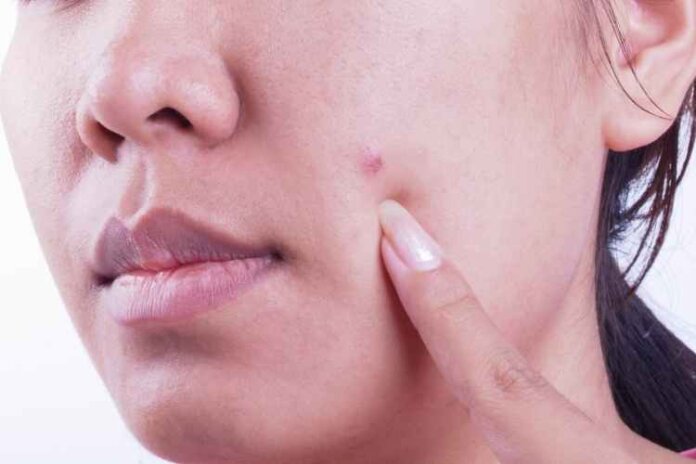
Pimple patches, also called hydrocolloid patches, are used to cure sores. They aid in repairing the skin from the inside out, increasing the natural healing process. In addition, these patches prevent bacteria on your fingers from getting onto skin and absorb any fluids, like pus or oil, from a pimple, creating a more sanitary environment for your pimple, which may help reduce scarring and speed up the healing process. You’ll notice a flatter spot with less inflammation upon removing the patch.
Types of Pimple Patches
There are numerous advantages to using an acne patch, from preventing you from picking at your acne, reducing irritation, offering UV protection, and aiding in the recovery process. There are many various kinds of pimple patches to choose from for acne. Here’s an overview of pimple patches and their uses:
Patches for Active Acne
You can use pimple patches with antibacterial and anti-inflammatory substances to treat and prevent breakouts. In addition, the active chemicals are better absorbed into the skin.
They can treat severe acne, such as papules, by reducing pimples, pain, and redness. In addition, acne with nodular or cystic lesions may benefit from their use by reducing the size of the lesions. This patch’s most frequent active ingredient is salicylic acid, which effectively reduces inflammation.
Healing Pimple Patches
Hydrocolloid bandages, also known as non-medicated pimple patches, are often used to speed up the healing process of wounds following surgery. Non-medicated pimple patches are circular to fit well on pimples. They’re also relatively thin, making them less evident if you wear them in public.
These patches work best with the following methods:
- The process of removing the moisture from your skin
- It helps speed up healing and prevents the creation of acne scars by protecting the skin from drying out
- Limiting the spread of infection
Patches for The Treatment of Acne Cysts
Patches with microneedles can aid in treating acne with cysts or nodules. These microneedles dissolve as they land on the skin and transport active chemicals to penetrate deeper layers.
Even though their efficacy may differ depending on the individual and the depth of the acne lesion, it’s worth a shot.
Tips on What You Need to Know About Using A Pimple Patch
- Make sure to wash your hands and face before applying any of these products.
- Choose a patch size covering the entire lesion in the patch’s centre.
- For hydrocolloid patches, apply them to dry skin as the first step in your routine.
- The patches should develop into an opaque hue for no longer than 24 hours. You know they’ve removed the junk from the pores when they’ve turned opaque.
Conclusion
Acne patches, also known as hydrocolloid patches, are placed topically on sores as a means of treating them. They help the skin’s natural healing process by repairing it from the inside out. Pimple patches remove excess fluids from pimples, such as pus or oil, by soaking them up. Doctors may also use non-medicated pimple patches to hasten the recovery process following surgical procedures. Salicylic acid, a component of these products, has been found to reduce inflammation. Even patients with acne cysts can use these patches.











